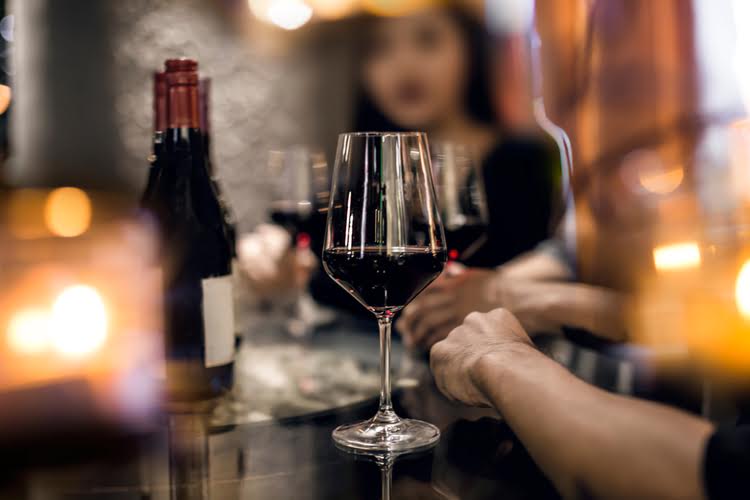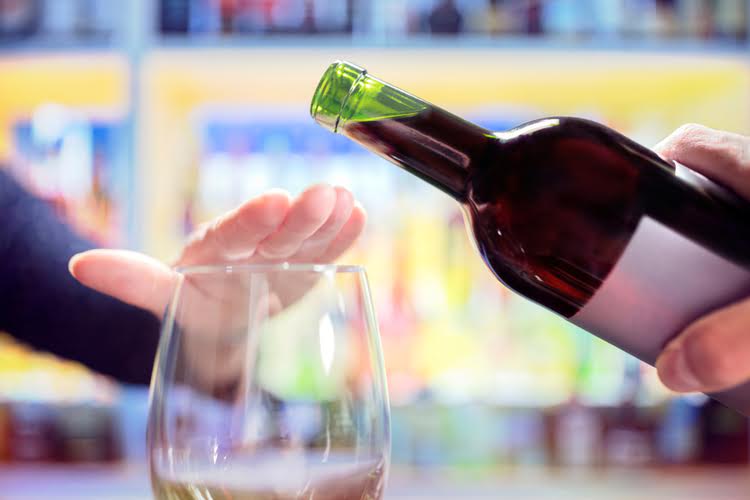There are setbacks, moments of doubt, days when the urge to escape feels overwhelming. When words won’t come, when talking feels exhausting, creativity offers another way forward. A journal filled with sketches, a sculpture shaped from frustration, a song written in the middle of the night—these creations become reminders of progress. Art materials are carefully selected to suit different https://ecosoberhouse.com/ skill levels and preferences. Substance use disorder (SUD) is a chronic, relapsing brain disease characterized by compulsive drug seeking and use despite harmful consequences.
- Moreover, art therapy actively promotes stress relief and enhances self-awareness.
- Painting, drawing, and sculpture allow clients to externalize inner experiences and emotions that may be difficult to verbalize.
How Art Therapy Supports Addiction Recovery

It also helps prevent relapse by equipping clients with constructive, emotion-regulating tools. Overall, art therapy enriches addiction recovery programs by nurturing emotional health, fostering self-awareness, and supporting long-term sobriety. Moreover, art therapy actively promotes stress relief and enhances self-awareness. Engaging in creative activities helps reduce cortisol levels, leading to lower stress and anxiety.
Therapeutic Activities and Exercises
It affects millions worldwide, impacting physical health, mental wellbeing, relationships, and productivity. Today, it is used across diverse settings—from hospitals and rehab centers to community outreach programs—reflecting its long-standing therapeutic value. All these factors can help people stay motivated and committed to their recovery goals. Once sober, many people find it difficult to fill all the hours they used to spend seeking and using drugs or alcohol. Many people lose touch with their true selves when their primary relationship is with drugs or alcohol. Every month, we launch fun challenges, like Dry/Damp January, Mental Health May, and Outdoorsy June.
What Is Medication-Assisted Treatment (MAT)?
- Art therapy offers a unique approach to addiction recovery by combining creative expression with therapeutic techniques.
- Sometimes, emotions like grief, anger, guilt, shame, and hopelessness are too complex to put into words.
- Traditional art therapy is facilitated by a clinician, but we can incorporate elements of the practice outside of the traditional treatment setting.
- This practice helps limit experiential avoidance, which is often a behind-the-scenes factor in substance misuse.
- Such integration can empower individuals to process trauma, rebuild confidence, and develop healthier coping mechanisms, ultimately supporting long-term recovery and well-being.
Hirst, now a world-renowned contemporary artist, channelled his recovery journey into powerful artistic expressions. Goldin, a celebrated photographer, found healing and renewed purpose through visual arts, demonstrating how creativity can serve as a catalyst for personal growth. Creativity and artistic activities are much more than just pastimes—they are vital tools in the recovery process. They enable emotional release, foster personal growth, and create opportunities to connect with others. The combination of self-expression, social engagement, and skill development empowers individuals on their journey towards lasting sobriety and mental well-being. Research supports that integrating art therapy results in statistically significant improvements, including reduced symptoms of depression, anxiety, trauma, and low self-esteem.
The Importance of Financial Planning in Recovery

This practice helps limit experiential avoidance, which is often a behind-the-scenes factor in substance misuse. When people learn to observe their thoughts and feelings without judgment, addiction meditation kundalini they can better manage cravings and emotional triggers. Different techniques—such as painting, collage, or clay modeling—are used depending on individual needs. These activities activate various brain regions, helping improve mood, decrease anxiety, and improve emotional regulation. At the same time, art is a creative pursuit that serves as a healthy distraction. Research shows that art therapy can boost our mood and improve our mental well-being, which also benefits our physical health.
Imagine a space where the commotion of recovery meets the calm of creation, where the struggle with our relationship with alcohol is met not with resistance but with expression. In this sanctuary, paintbrushes replace bottles, and canvases become bridges to healing. This is the realm of art therapy, a holistic and innovative approach to treating alcohol use disorder. Our art therapists in Montreal are trained in offering a combination of therapeutic interventions to help individuals in their addiction recovery. Combining humanistic theory with an insight-oriented approach in art therapy leverages both the therapeutic potential of the art process and the benefits of self-reflection and self-expression. Sharing artwork with peers builds empathy and mutual support, enhancing emotional well-being.
Avoiding recovery sabotage and setbacks
This process nurtures self-acceptance and enhances personal identity, which are crucial for sustaining sobriety. Art therapy is a therapeutic practice that utilizes art rather than more traditional forms of therapy such as talk therapy to facilitate expression and Sobriety resolution of our feelings and thoughts. Formal art therapy is facilitated by a licensed therapist who uses prompts that we carry out creatively to help us work through difficult emotions or thoughts. Skypoint Recovery offers personalized treatment programs led by experienced professionals who understand your journey. We’ll help you build the foundation for lasting recovery through evidence-based care tailored to your needs. Music therapy harnesses the power of rhythm, melody, and lyrics to support recovery.
